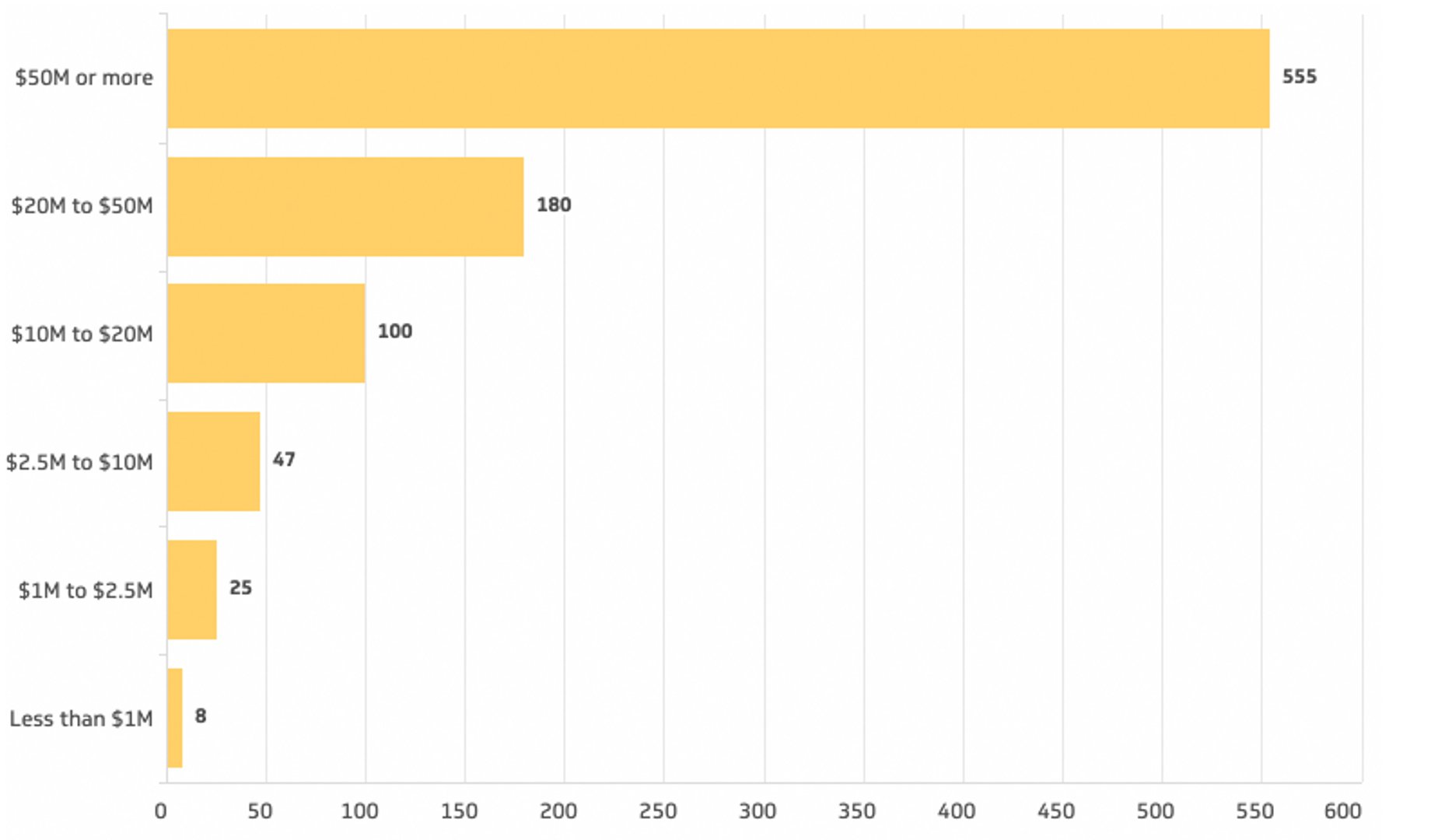Full-Time Equivalents (FTE)
Last updated: Oct 12, 2022
What is Full-Time Equivalents?
Full-Time Equivalents (FTE) is a calculated metric that adds all of the true full-time employees to the fractional values for all part-time employees, contractors, students and interns.
Full-Time Equivalents Formula
How to calculate Full-Time Equivalents
If you have 10 full-time employees, a bookkeeper who works 2 days each week, and a student who currently only works 3 days a week, the calculation would be as follows: 10 full-time employees + 2/5 for the bookkeeper + 3/5 for the student = 11 FTE
Start tracking your Full-Time Equivalents data
Use Klipfolio PowerMetrics, our free analytics tool, to monitor your data.
Get PowerMetrics FreeFull-Time Equivalents benchmarks
Number of Full Time Equivalent (FTE) Employees by ARR

How to visualize Full-Time Equivalents?
Use a summary chart to visualize your Full-Time Equivalents data and compare it to a previous time period.
Full-Time Equivalents visualization example
Summary Chart
Full-Time Equivalents
Chart
Measuring Full-Time EquivalentsMore about Full-Time Equivalents
From a financial point of view, knowing what your FTE number is, allows you to more easily calculate a variety of performance metrics, such as Revenue per FTE.
Knowing how many FTEs you have is also important from a legal and government reporting aspect, with different opportunities and obligations regulating smaller and larger companies.
Read more about how to think about FTEs and what implications this has as you grow your business, check out this article from Small Business.